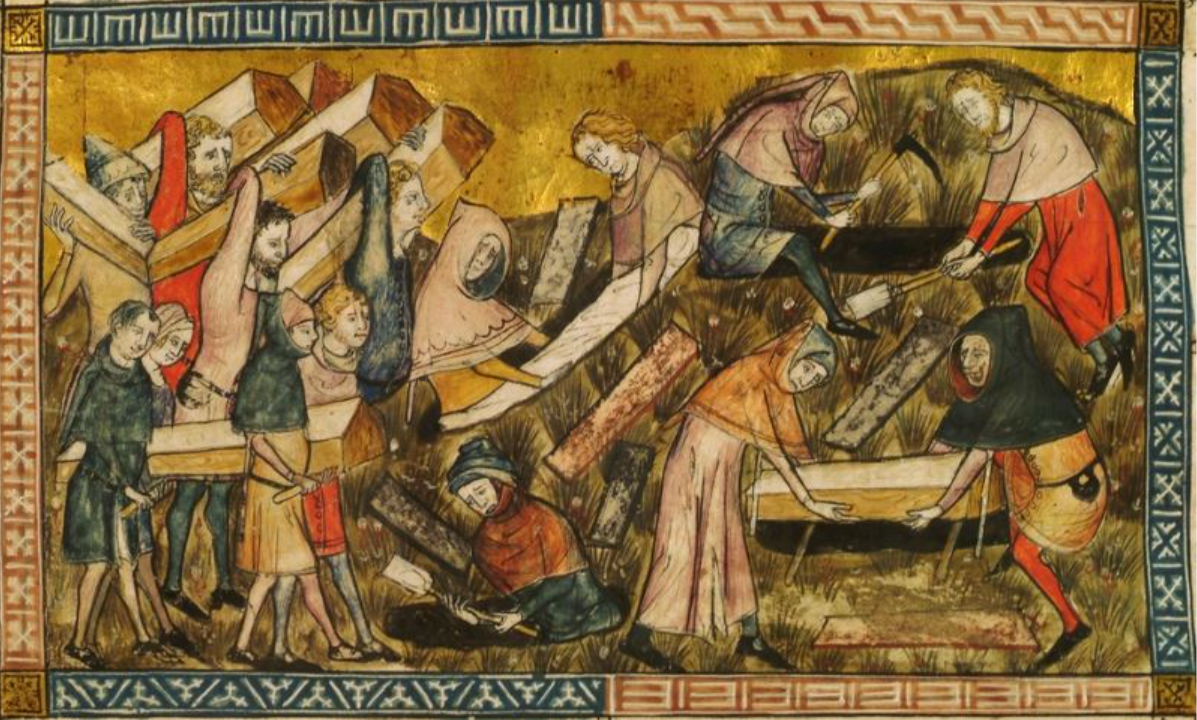Nature paper: The black Death
An understanding of historical events of pandemics is of acute relevence as a comparison to the ongoing Covid crises. Through an impressive collaboration of authors and compilation of paleoecological work across Europe we now have a better understanding of the Black Death and its impact across Europe. The data set is based on 261 radiocarbon-dated coring sites (lakes and wetlands) located across 19 European countries. The spread of the Black Death (1347–1352 CE) is thought to have killed half of Europe’s population. The study showed high interregional differences. Though the Black Death had a large impact in some regions, in other regions effects could not be seen. The authors, led by Izdebski suggest that the combination of cultural, ecological, economic, societal factors were influential in shaping the crises. They conclude that we need to collaborate across disciplines to explore the historical ecology of pandemics, several of our IHOPE researchers could answer this call.
See the details of the paper here https://www.nature.com/articles/s41559-021-01652-4

Fig: Miniature by Pierart dou Tielt illustrating the Tractatus quartus bu Gilles li Muisit (Tournai, c. 1353). The people of Tournai bury victims of the Black Death. ms. 13076 – 13077 fol. 24v. From Wikipedia.